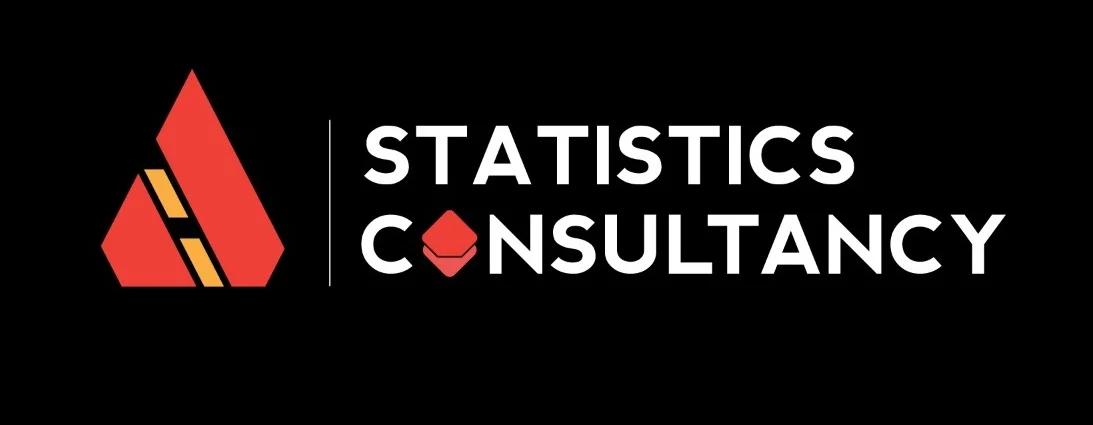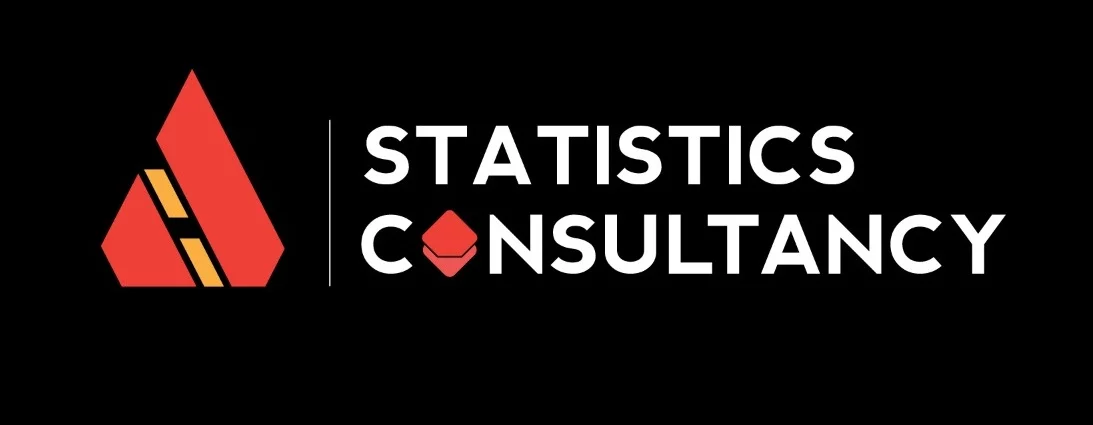
Introduction
Learning statistics and data analysis can be challenging, and there is no single “mantra” or secret formula that can make it easy. However, the statisticians at Statistical Consultancy have extensive experience and expertise in these areas, and they can offer valuable guidance to help you navigate potential pitfalls and ensure that your research progresses smoothly.
In this regard, they provide some essential tips to ease the research process. These tips include practical advice on how to approach statistical analysis, how to choose appropriate statistical methods, how to interpret statistical results, and how to present data in a clear and effective manner. By following these tips, you can avoid common mistakes, save time, and produce more reliable and accurate research outcomes.
In summary, although there is no shortcut to mastering statistics and data analysis, the tips provided by Statistical Consultancy’s statisticians can significantly simplify the learning process and enhance the quality of your research.
1. Reviewing descriptive statistics:
Reviewing descriptive statistics first is crucial for gaining a clear understanding of the data before engaging in complex analyses. Many people tend to do it the other way around, performing complex analyses before examining the basic features of the data. Descriptive statistics serve as a pivotal background for advanced analyses and aid in providing clarity of interpretation.
2. Prune Data Before Analysis:
Before performing data analysis, it is beneficial to prune or refine the data to a more manageable size. This process involves removing any variables that are not relevant to the research question or that may add noise to the analysis. By reducing the number of variables, you can focus more on the variables that matter, and therefore, improve the accuracy of the analysis.
One approach to pruning data is to manually delete unwanted variables. This process involves reviewing each variable and deciding whether it contributes to the research question or not. Once the variables to be removed are identified, it is important to take a backup of the data before making any changes.
Another approach is to utilize the “Define Variable Sets” feature, which allows you to group variables based on their relevance to the research question. This feature helps in reducing the number of variables and enhances the accuracy of the analysis. Additionally, it helps in organizing the data by making it easier to access the relevant variables during the analysis.
Overall, pruning data before analysis helps in streamlining the analysis process, focusing on the most relevant variables, and reducing the noise in the data. This can result in more accurate and meaningful conclusions.
3. Refrain Analyzing The Master File:
When working with data, it is important to take precautions to prevent any potential loss or damage to the original file. One way to do this is to always create a copy of the data that you will be working with. This allows you to perform any necessary analysis or changes on the duplicate without risking the integrity of the original data.
While it is possible that nothing will go wrong during your analysis, it is always better to err on the side of caution. Unexpected problems or mistakes can arise, causing irreparable damage to your data. In such cases, having a backup copy of the master file can save you time and effort in recovering lost data.
Creating a backup copy of your data is a simple but essential step in protecting your work. Whether you are dealing with important financial records or sensitive personal information, taking the time to make a duplicate copy is well worth the effort. This will give you peace of mind knowing that even if something goes wrong during your analysis, you have a secure copy of your data that you can always fall back on.
4. Anchor Hypothesis On Theory:
When dealing with statistical anomalies, it is important to be cautious and avoid jumping to conclusions. If an anomaly lacks support in the existing literature, it is generally not advisable to attempt to explain it. Doing so could lead to erroneous conclusions, as the anomaly may be the result of random error rather than a significant finding.
While it can be tempting to try and explain every unexpected result, it is crucial to rely on sound scientific methods and avoid speculating about the underlying cause of an anomaly when there is little to no evidence to support it. In short, it is best to avoid explaining statistical anomalies that aren’t supported by the literature and instead continue conducting research to better understand the phenomenon at hand.
5. Seeking The Elusive “Significance”:
Sometimes in research, significance can be difficult to find, so it’s worth taking the time to reflect on what that might mean. In fact, it’s possible that even in cases where something seemingly significant did not occur, interesting stories or insights may still emerge.
6. Verify Assumptions:
It is important to verify your assumptions prior to data analysis. Assumptions are the underlying principles and conditions that are necessary for a particular statistical method or model to be valid. Deviations from assumptions can lead to inaccurate or misleading results and may cause you to draw incorrect conclusions from your data.
For example, if you assume that your data is normally distributed but it is actually skewed, using a statistical method that assumes normality could lead to incorrect conclusions or estimates. Similarly, if you assume that your data is independent but is actually clustered or correlated, using a statistical method that assumes independence could lead to biased results.
By verifying your assumptions before conducting any analysis, you can ensure that you are using appropriate statistical methods, and you can have greater confidence in your findings. While it may be tedious to check all assumptions, it is a necessary step to avoid errors and ensure the validity of your results.
7. Choose Analysis Wisely:
It suggests that one should either read and review the university help guide or consult with a statistician in order to determine the best statistical analysis to answer the research questions. By doing so, one can save time and ensure that they select the most appropriate analysis for their research.
8. Don’t worry about bad results:
There is no such thing as a bad result; instead, let the statistics reveal the results of your data. It’s common to try to justify results based on preconceived ideas about them, but letting the data speak for itself can save you a significant amount of time.
9. Automate Repetitive Analysis:
To save time and reduce the likelihood of errors in manual analysis, use syntax to automate repetitive analysis. Additionally, prior to beginning any analyses, it’s essential to create a clear, specific, and concise hypothesis. Writing a clear hypothesis beforehand will make it easier to test a theory if you have a precise understanding of what you expect and do not expect.

